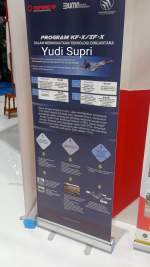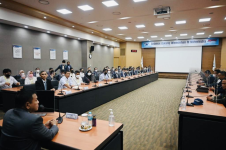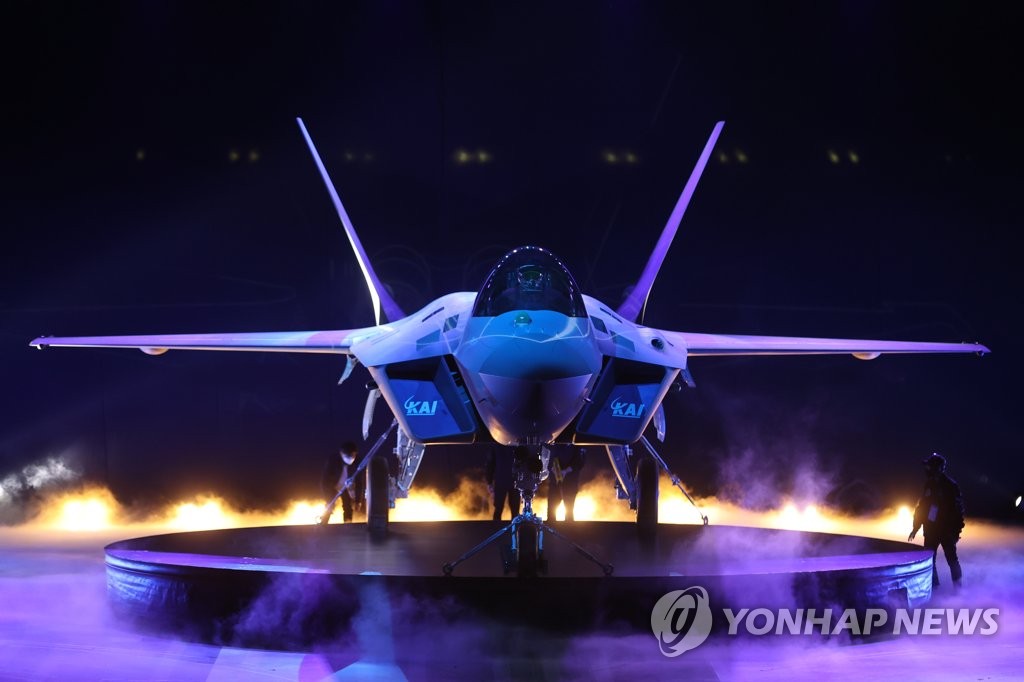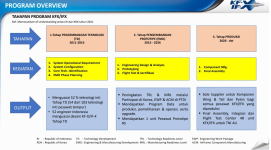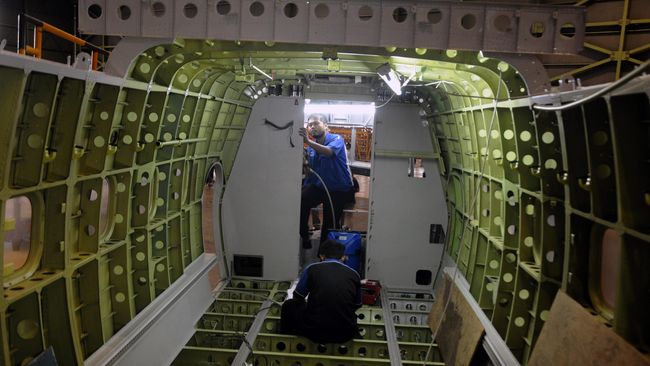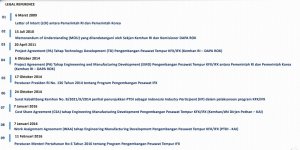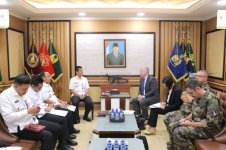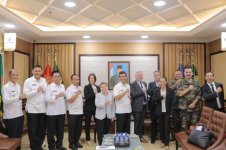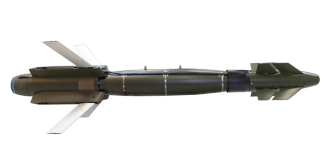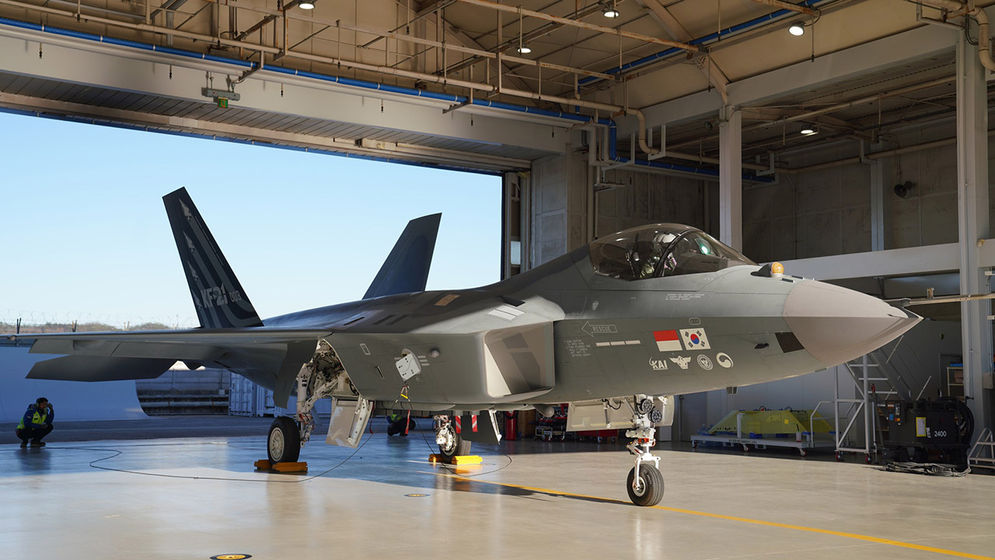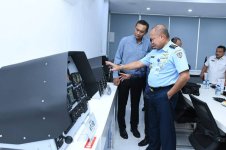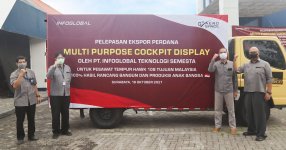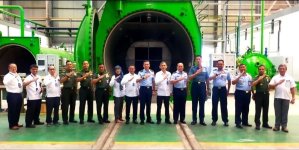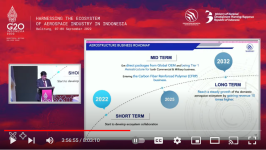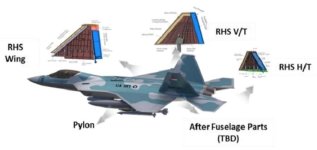Indonesian KFX/IFX project manager being interviewed in 2016
----------------------------------
Create a fighter jet, Indonesia prepares massive resources
Anggi Kusumadewi, Resty Armenia, Prima Gumilang | CNN Indonesia
Wednesday,
02 Mar 2016 12:39 WIB
PT Dirgantara Indonesia has prepared composing hangars, titanium hangars, production hangars, and final assembly hangars for fighter aircraft. (ANTARA/Novrian Arbi)
Jakarta, CNN Indonesia -- “Warplanes are like cell phones. The technology has changed over the years, whether it's about electronics, sensors or weapons."
Heri Yansyah, Head of the Korea Fighter Xperiment/Indonesia Fighter Xperiment (KF-X/IF-X) program at PT Dirgantara Indonesia, said this while talking to CNNIndonesia.com, Friday (19/2).
“So Indonesia must be able to upgrade this ever-changing technology. If you don't have the ability to upgrade, then buy the same aircraft as neighboring countries, then in two or three years, Indonesia will be defeated," said Heri.
Although comparing fighter planes with mobile phones, to make it far from easy. It took more than 10 years to develop the KF-X/IF-X which was designed to be a 4.5 generation multi-role fighter jet with technology approaching the capabilities of a 5th generation stealth fighter.
Since the jet engine was first developed in 1946, fighter aircraft have evolved to the fifth generation. This latest generation combines stealth technology for undetected radar, supersonic roaming capabilities, and new integrated sensors.
The only 5th generation fighter aircraft currently in service is the US Lockheed Martin F-22 Raptor. While a number of other jets from that generation, such as the F-35 Lighting II and the Sukhoi PAK FA, are still at the testing stage.
To make the KF-X/IF-X prototype, Indonesian and South Korean scientists will work hand in hand at the Korea Aerospace Industries headquarters in Sacheon, South Gyeongsang Province.
"At the peak of prototyping, 200 Indonesian engineers will be involved," said Heri, who in the 2011-2012 period went to South Korea for 18 months to work on the first phase of the KF-X/IF-X project, namely concept development.
The number of Indonesian engineers who went to South Korea in the second phase of work – prototyping – starting in 2016 was far more than the first phase, which only amounted to 52 people.
The Indonesian scientists will come to South Korea gradually over the next 10 years. "There are engineers who have to stay there for a full 10 years, but there are also those who are rotated," said Heri.
Build facilities
Domestically, Indonesia is speeding up the preparation of human resources and technology, starting from research on the core technology of fighter jet engines, materials, avionics, aerodynamics, to building a laboratory to support this research.
In addition, although the production of KF-X/IF-X is centered in South Korea, the headquarters of PT Dirgantara Indonesia in Bandung, West Java, will be no less busy. PTDI will monitor all the work on the fighter aircraft.
PTDI, for example, has prepared the Indonesian Design Center (DCI) to build technology, infrastructure and simulation capabilities. In this place, all stages of work on the KF-X/IF-X in South Korea will be communicated.
DCI is a mirroring of the Design Center building which was also built in Sacheon, South Korea. The Design Center in Sacheon is a kind of sealed and sterile building. People who enter it are prohibited from bringing flash drives and computers. There, Indonesian and South Korean scientists will work together.
Indonesia was also assigned the task of making aircraft components for the right wing and tail, as well as under-wing reinforcement.
See also: Indonesia's Steep Road Makes a Stealth Fighter Plane
Also, Indonesia gets a share to make aircraft prototypes. A total of eight prototypes will be built – six flying prototypes, and two non-flying prototypes for structural testing.
"The fifth prototype will be made here," said Heri. "Why the fifth? Because this is the first time Indonesia has developed a fighter aircraft. For the first and second prototypes, Indonesia is not ready," added the PTDI aerodynamics expert.
Therefore, PTDI has also prepared composing hangar facilities, titanium hangars, production hangars, and final assembly hangars for fighter aircraft.
Pesawat tempur layaknya ponsel. Dalam setahun, teknologinya berkembang kian canggih. Membuatnya, jauh dari mudah. Infrastruktur dan manusia disiapkan.

www.cnnindonesia.com
---------------------------------------------
It is old news, new development shows Indonesia government hasnt completed the investment for production facility and 116 Indonesian engineers were called to Indonesia in May 2020 during the production of the prototype, although the design phase has indeed been completed for single seat KF21 in late 2019. This is why Fifth prototype is produced in Korea, different from the initial plan





 en.antaranews.com
en.antaranews.com




